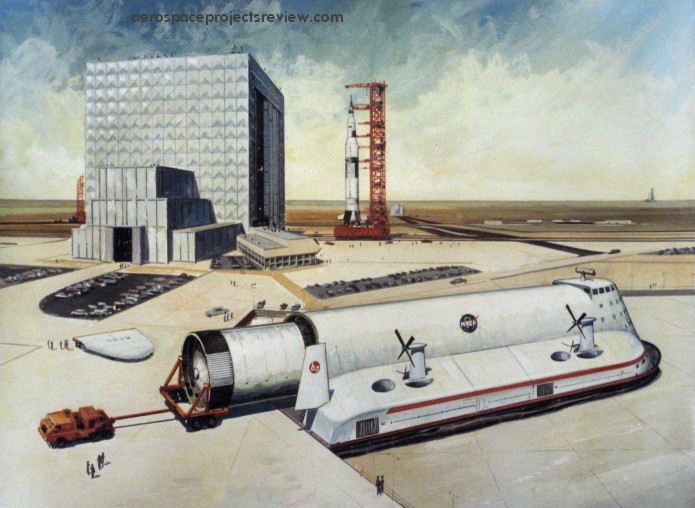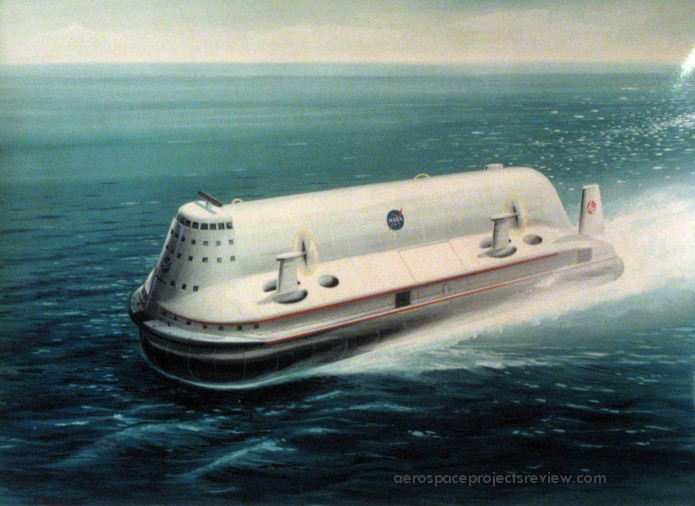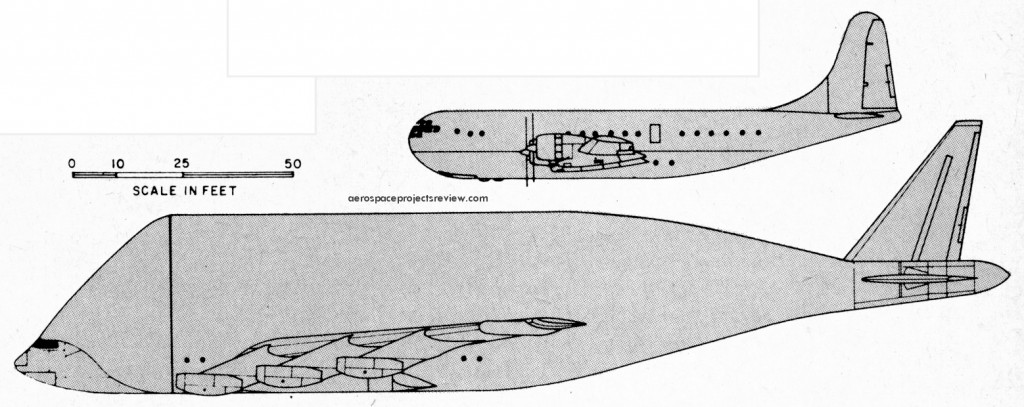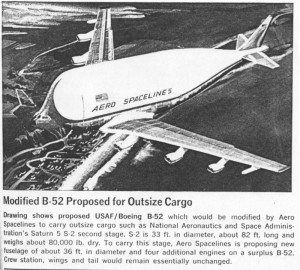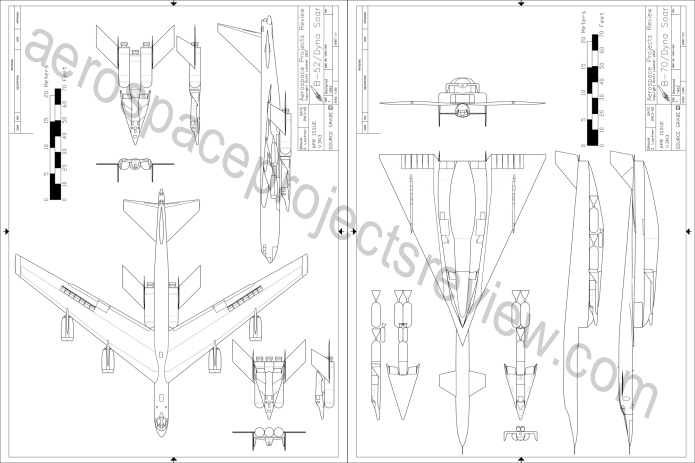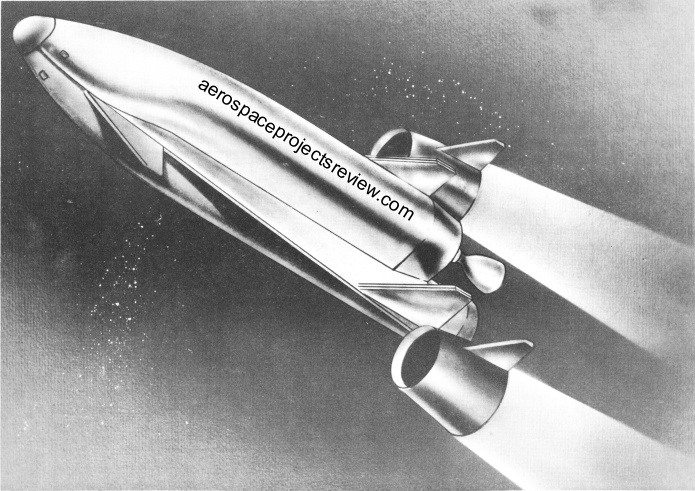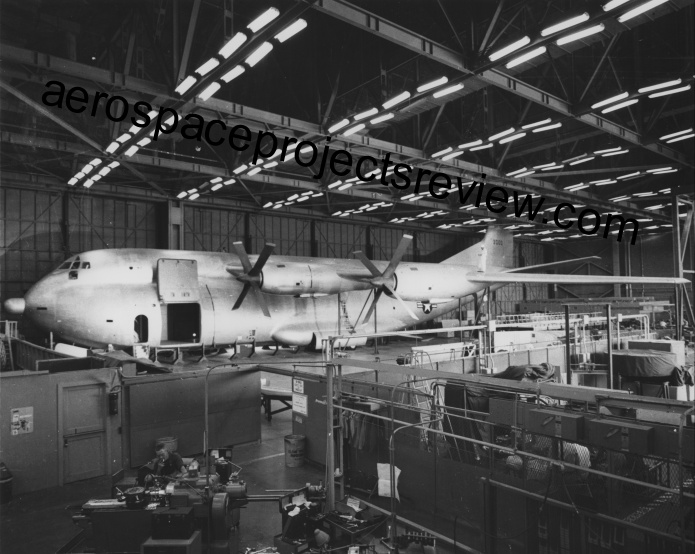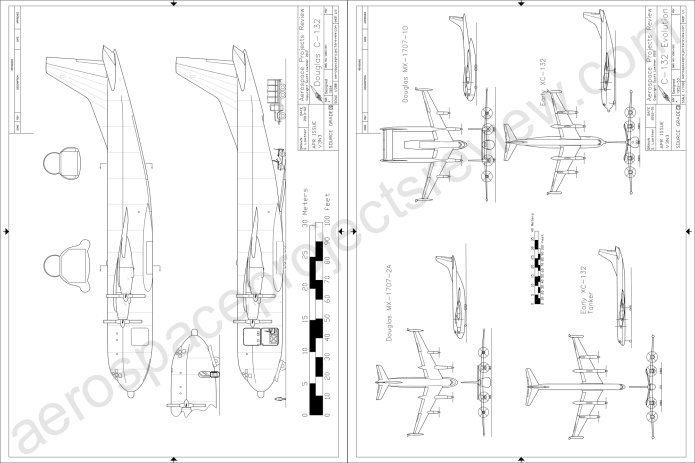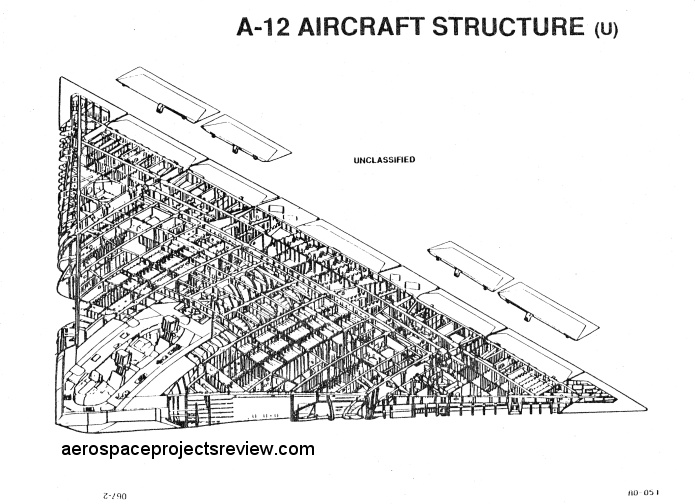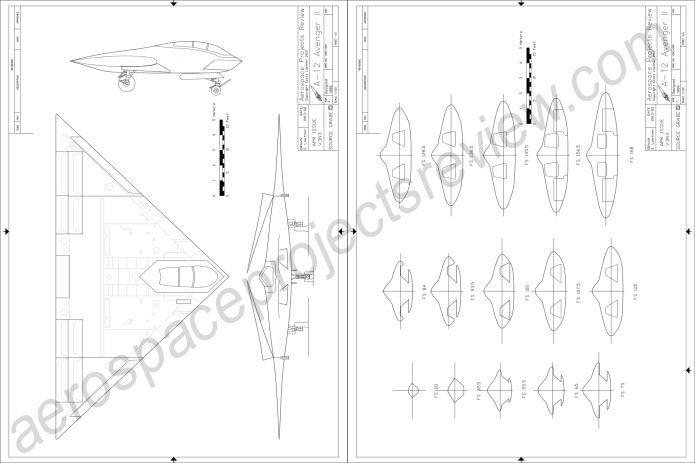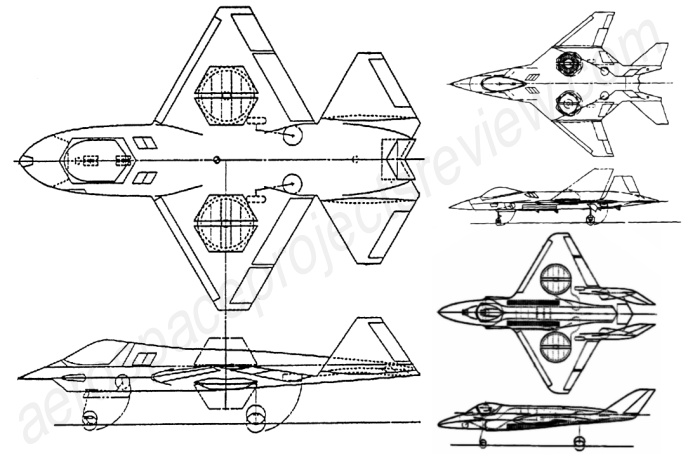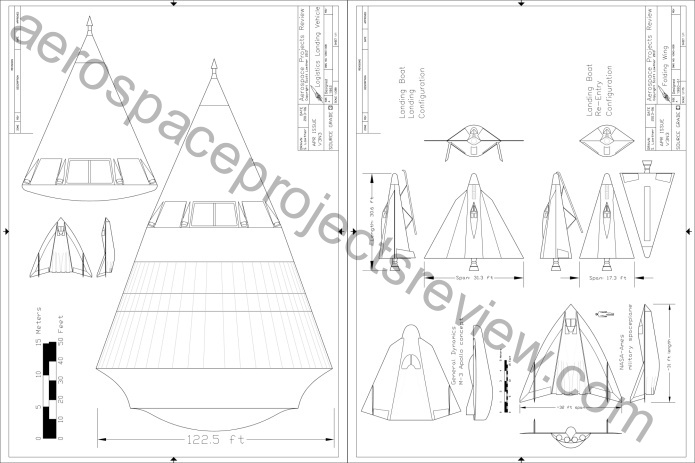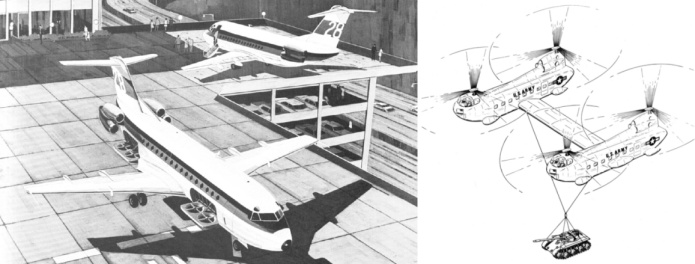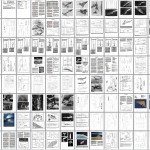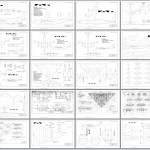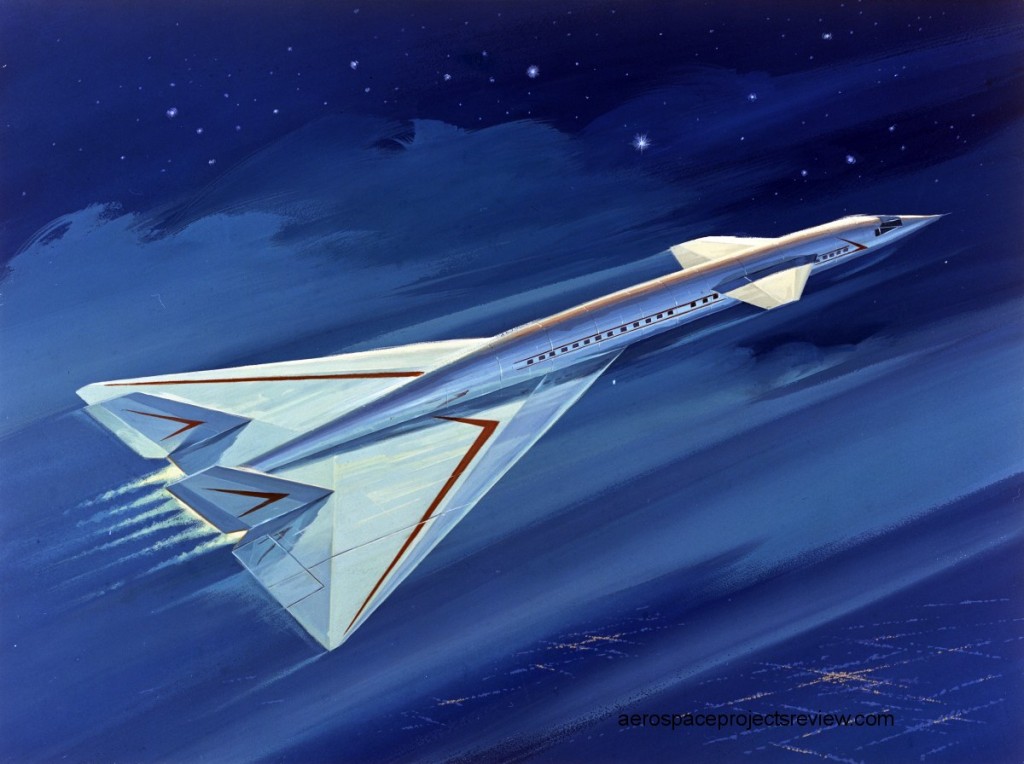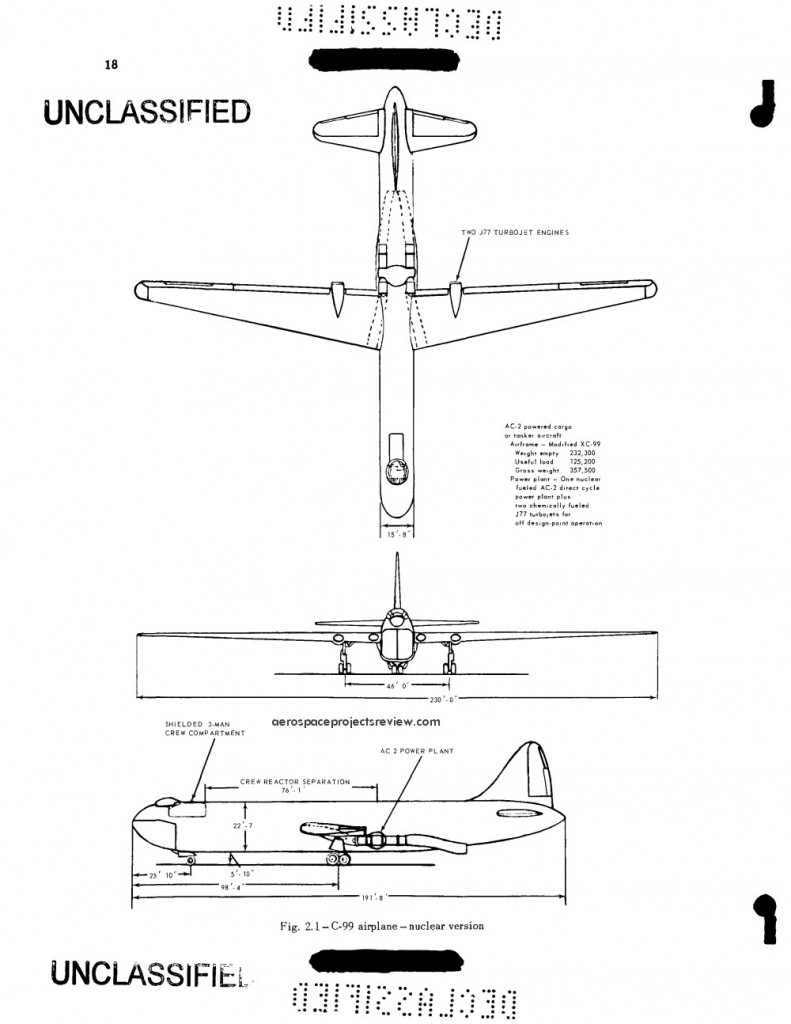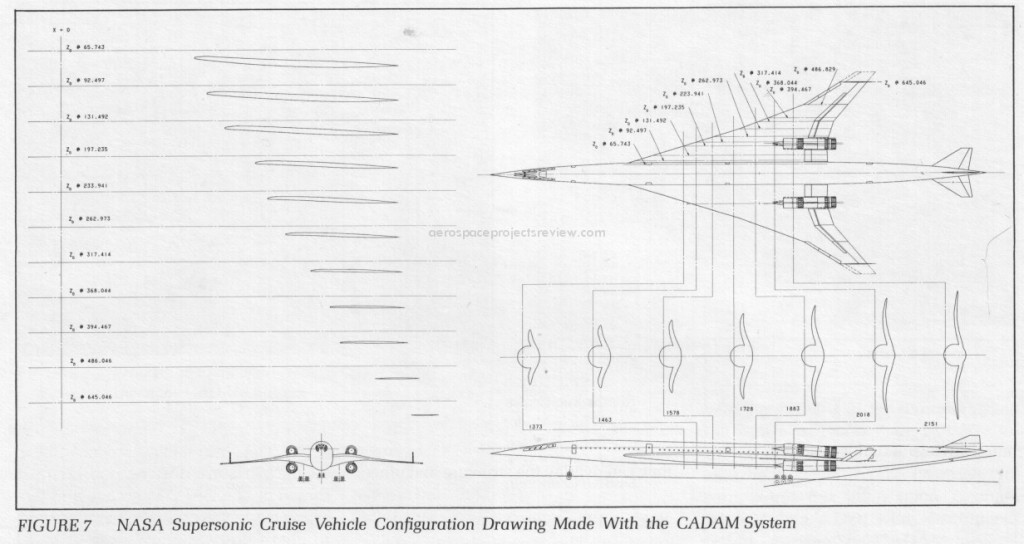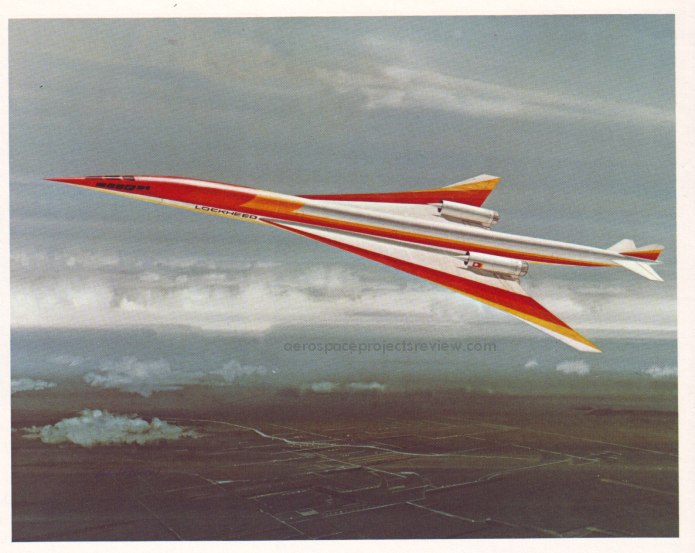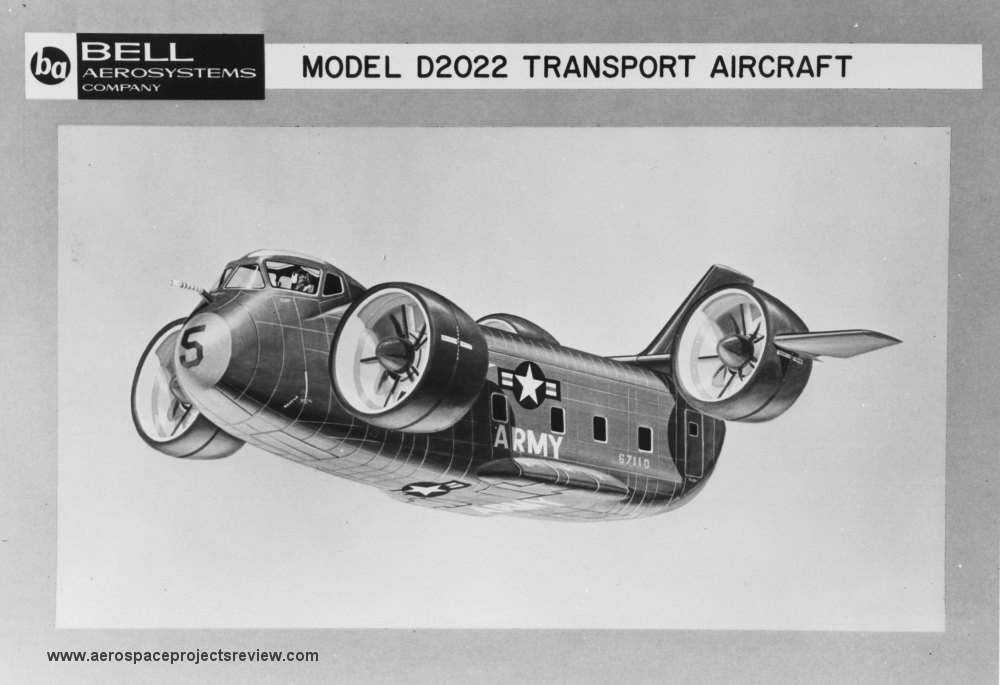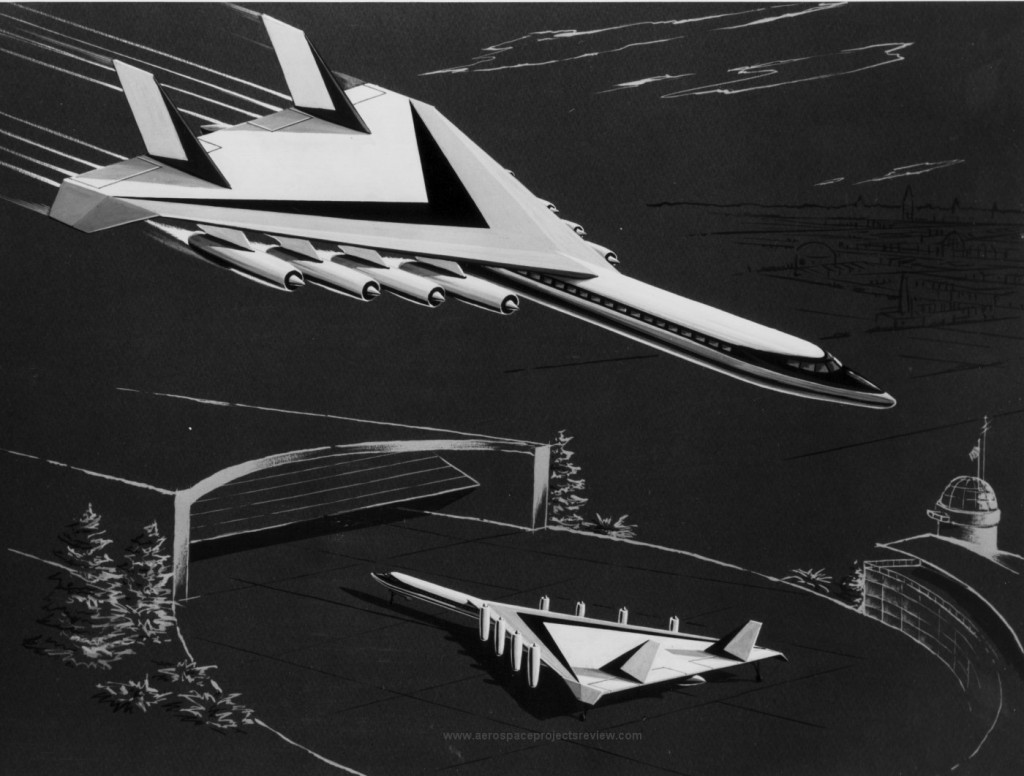The second of two images of the Saturn-carrying hovercraft from Bell. Here it’s shown unloading a Saturn stage… it looks like the front end of the S-IC stage, but it doesn’t look like it would fit with the semi-conical engine fairings, never mind the fins.
Back in 2007 I visited the Bell Aircraft Museum in Niagara Falls, NY and got a chance to poke through their archives. Sadly, my scanner chose that day to not work, so all imagery I got came via photography with an indifferent camera. While it was more or less ok, it was not such a good system for capturing good images of glossies.
One such glossy was a 1960’s Bell concept for a hovercraft designed to transport Saturn V stages, presumably from the Michaud facility near New Orleans to Cape Canaveral.
Back when transportation of Saturn V stages was an issue, a number of vehicles were put forward. One of them was a highly modified B-52 concept from Aero Spacelines, the company that gave the world the Mini Guppy, the Pregnant Guppy and the Super Guppy. Here, a B-52 would be chopped to bits, with an entirely new fuselage built with the B-52 cockpit and tail units tacked on, with the B-52 wings added to a new wing center section, with two additional B-52 engine pods. Needless to say, this was not built. Dates from mid 1967.
You can now purchase a printed version of Aerospace Projects Review issue V3N3 through MagCloud. Two options: just the printed version, and the printed version with a digital download (PDF).
See:
At last: issue V3N3 of APR is now available. The first article covers the proposed use of bombers, specifically the B-52 and B-70, as launch platforms for the Dyna Soar manned military spaceplane.
The second article is on the Martin Astrorocket, a series of early-sixties design studies of reusable low-cost manned launch systems for the USAF.
The next article covers the development of the Douglas XC-132 turboprop transport/tanker plane throughout much of the 1950’s. This would have been by far the biggest turboprop plane the us would have built… had it been built. Article contains a number of good photos of the full-scale mockup.
Next is an article on the A-12 Avenger II stealthy strike plane for the US Navy. This article includes info and drawings on the Northrop competitor, as well as a number of rarely seen and all-new detailed diagrams of the A-12.
A brief article on a trio of Grumman designs from the 1989-1993 time period, VTOL lift-fan combat aircraft, including the Future Attack Air Vehicle (FAAV).
Last but not least, an article describing a trio of seemingly unrelated – yet possibly related – designs: a “landing boat” for Project Orion, a lifting body design for the Apollo program, and a fighter jet designed to be launched via booster rockets. Included is information on the logistics Landing Vehicle, General Dynamics’ equivalent of the Douglas ICARUS/Ithacus troop transport rocket.
And two “Aerospace History Nuggets,” a Ryan concept for a VTOL jetliner and a concept from Bell for linking two helicopters together to forma single heavy lifter.
Here’s the complete issue V3N3 layout:
It is available in three formats. Firstly, it can be downloaded directly from me for the low, low price of $8.50. Second, it can be purchased as a professionally printed volume through Magcloud; third, it can be procured in both formats. To get the download, simply pay for it here through paypal.
——–
———
To get the printed version (or print + PDF version), visit my MagCloud page:
http://scottlowther.magcloud.com/
——————
Also available: the V3N3 Addendum. This contains 30 pages formatted for 11X17. Includes larger and improved versions of all the CAD diagrams produced for V3N3, including:
- 1/72 versions of the A-12 diagrams
- Scans of the original A-12 diagrams
- 1/144 versions of the XC-132 diagrams
- 1/288 versions of the XC-132 antecedents
- 1/250 versions of the Dyna Soar/bomber launchers
- 1/72 versions of the Landing Boat, “Space fighter” and Apollo lifting body
- 1/200 version of the Nova/LLV
The V3N3 Addendum can be downloaded for only $3.00!
——–
———
A North American Aviation artists impression of a supersonic transport derived closely from the B-70 Mach 3 bomber. An article on this concept by Dennis R. Jenkins was published in Aerospace Projects Review issue V2N1.
A 1953 General Electric study for a Convair C-99 cargo plane modified with nuclear turbojet propulsion. The pusher-prop engines were removed from the wing and replaced with a 65,000-pound AC-2 nuclear powerplant within the fuselage. This was equipped with two separate jet engines, giving a total sea level static thrust of 35,500 pounds. Two additional conventionally fueled J77 engines were mounted in the wings for takeoff thrust. A lead and polyethylene shielded crew compartment weighing 20,000 pounds protected the crew, giving radiation doses of 0.5 roentgen per hour.
A late 1970’s/early 1980’s design for a supersonic transport from Lockheed included an unusual engine layout… two turbojets on the underside, two turbojets on the topside. This would certainly prevent shockwaves from the inlet spike of one engine from interfering with the inlet of another nearby engine, but it would also make the engines on the topside somewhat questionable during high-alpha (angle of attack) flight, such as takeoff and landing. Note that the drawing wa made with an early CAD program.
A 1959 Bell Aerospace design for a Tri Service (Army, Marines, USAF) VTOL troop transport using vectorable ducted fans. This obviously led to the X-22 design. The fuselage was much like that of transport helicopters like the Chinook, boxy and unaerodynamic, but the propulsion system would provide considerably higher forward velocity.
A chart of Bell VTOL designs is HERE.
A 1960’s concept painting from Bell depicting a vertical takeoff and landing supersonic transport. The eight individually podded turbojet engines were hinged so that they could rotate upwards at least 90 degrees, providing vertical thrust. It’s far from certain that this was an actual engineering effort as opposed to pure artistic marketing. Exactly what benefit there would be in a VTOL SST is anyones guest.
